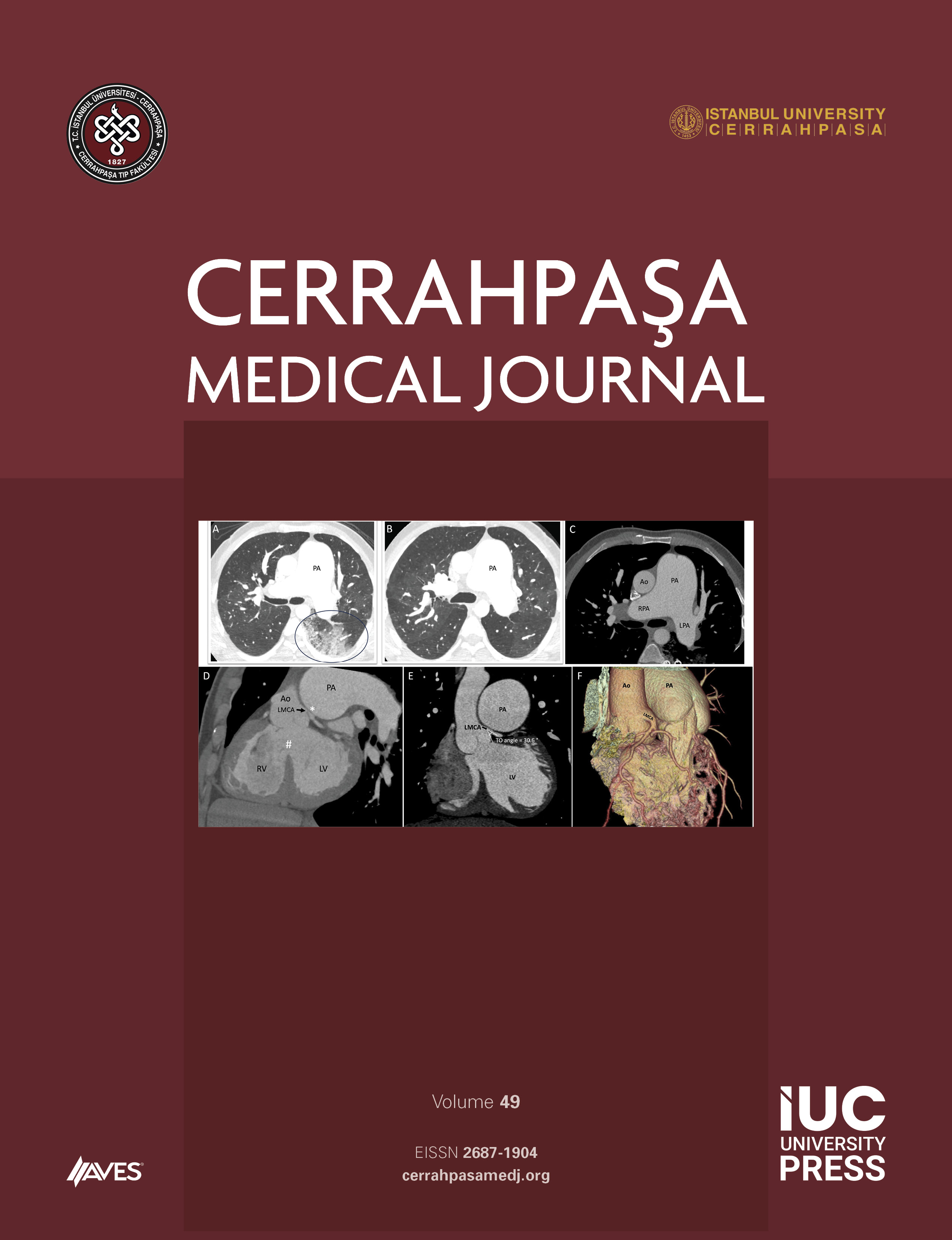Objective: In this study, patients who received small- to medium-sized bony Bankart repair using the same surgical method as arthroscopic soft tissue Bankart repair also had their functional results, patient-reported outcomes, and shoulder stability compared. We predict that patients with bony and soft tissue Bankart lesions will respond as well to arthroscopic therapy with suture anchors administered using the same approach.
Methods: A retrospective analysis was performed on 71 individuals who underwent arthroscopic Bankart repair between 2013 and 2018. These patients were divided into 2 groups: bony Bankart (group 1, consisting of 42 patients) and classic Bankart (group 2, comprising 29 patients). Glenoid defects and bone fragment sizes were determined independently by 2 observers. The evaluation included the assessment of Constant and Rowe scores, recurrence rates, and levels of satisfaction.
Results: In group 1, the preoperative Rowe and Constant scores averaged 44.5 (ranging from 15 to 95, SD ± 19) and 71.7 (ranging from 36 to 96, SD ± 16.1), respectively. Following the procedure, postoperative Rowe and Constant scores increased to 86.1 (SD ± 23.6) and 91.3 (ranging from 55 to 100, SD ± 11.01), respectively. For group 2, postoperative Constant and Rowe scores ranged from 90.4 to 86.3 (SD ± 10.8 and SD ± 21.4, respectively), with preoperative scores ranging from 78.9 to 44.4 (SD ± 13.3 and SD ± 14.8, respectively). Importantly, there were no statistically significant differences between the preoperative and postoperative Constant and Rowe scores in either group (P > .05). In terms of postoperative recurrence, no notable distinctions were observed between the groups (P > .05), with 11.9% of patients in group 1 and 13.8% in group 2 experiencing recurrence. After surgery, 9.5% of patients in group 1 and 3.4% in group 2 expressed dissatisfaction, with no statistically significant differences observed (P > .05).
Conclusion: Comparable results were noted for patients with small-to-medium-sized bony Bankart lesions and classic Bankart lesions when employing identical surgical techniques. Despite the more advanced nature of bony Bankart lesions, similar outcomes were achieved using the same surgical approach as for classic Bankart lesions.
Level of Evidence: Level 3 retrospective cohort study
Cite this article as: Kültür Y, Nuri Tütüncü M, Özşahin MK, Aydın N. Comparing the efficacy of the knotless suture anchor technique in bony and soft tissue Bankart lesions: A cohort study on shoulder instability patients. Cerrahpaşa Med J. 2024;48(2):112-118.



